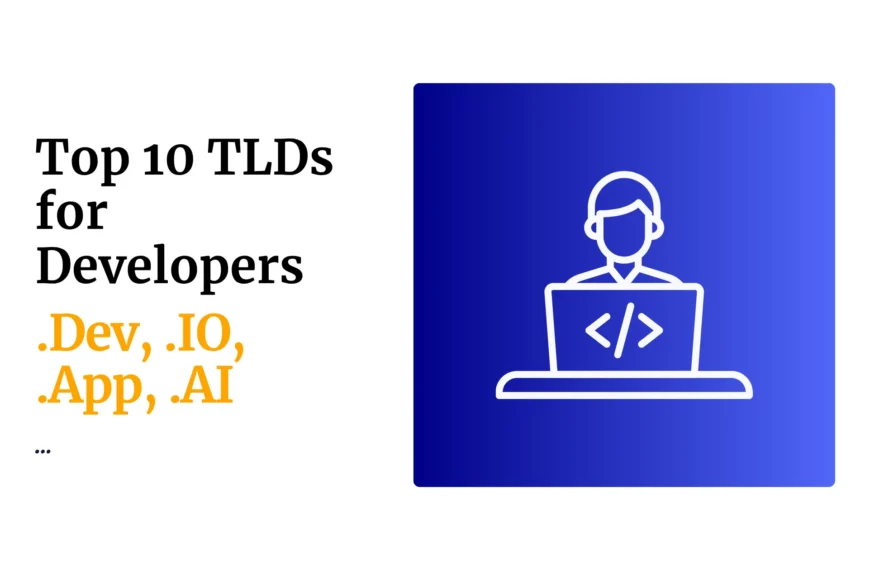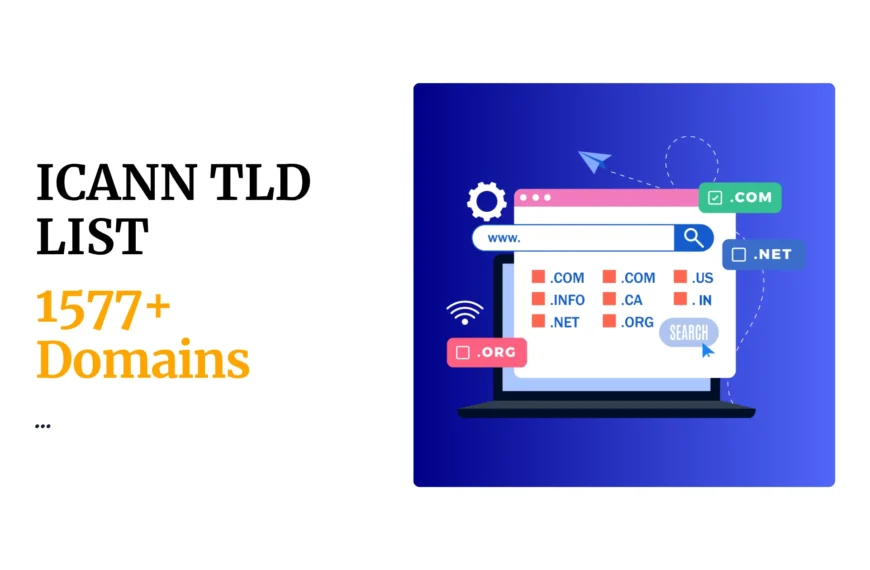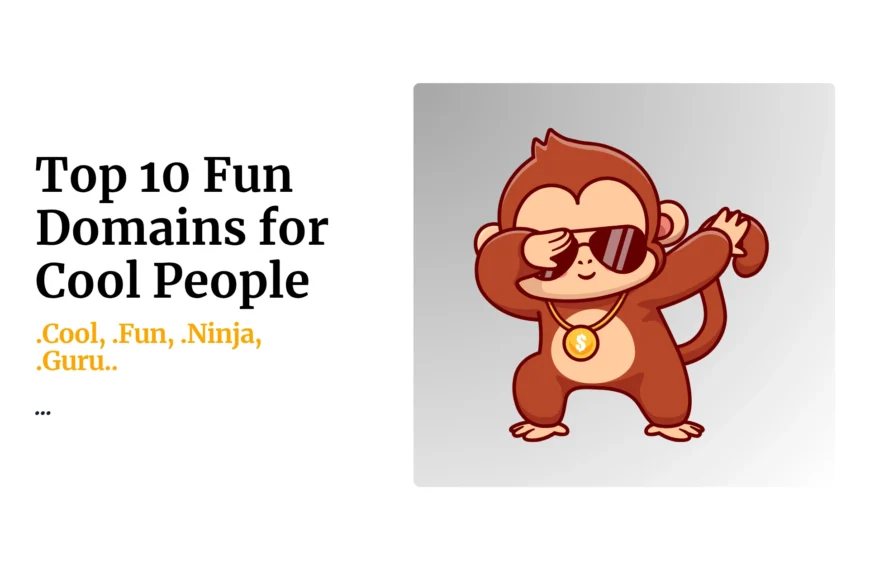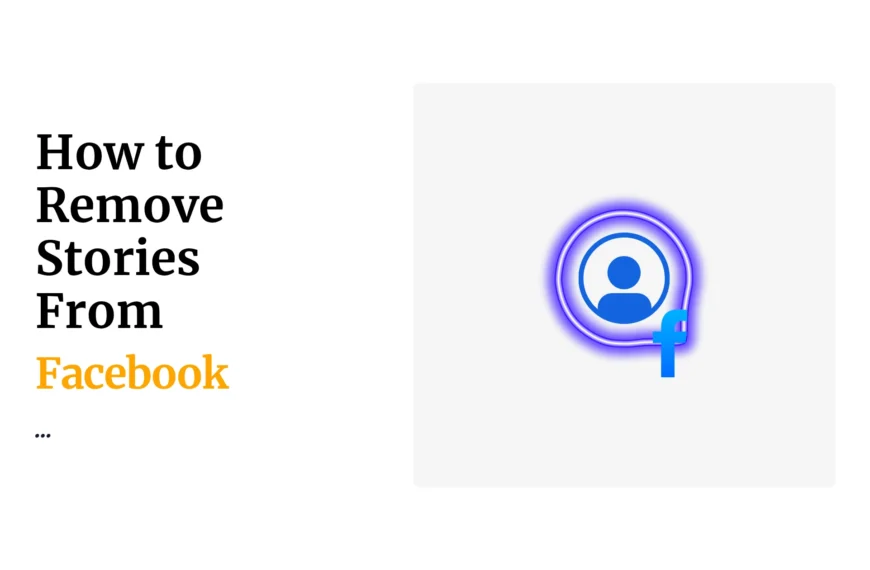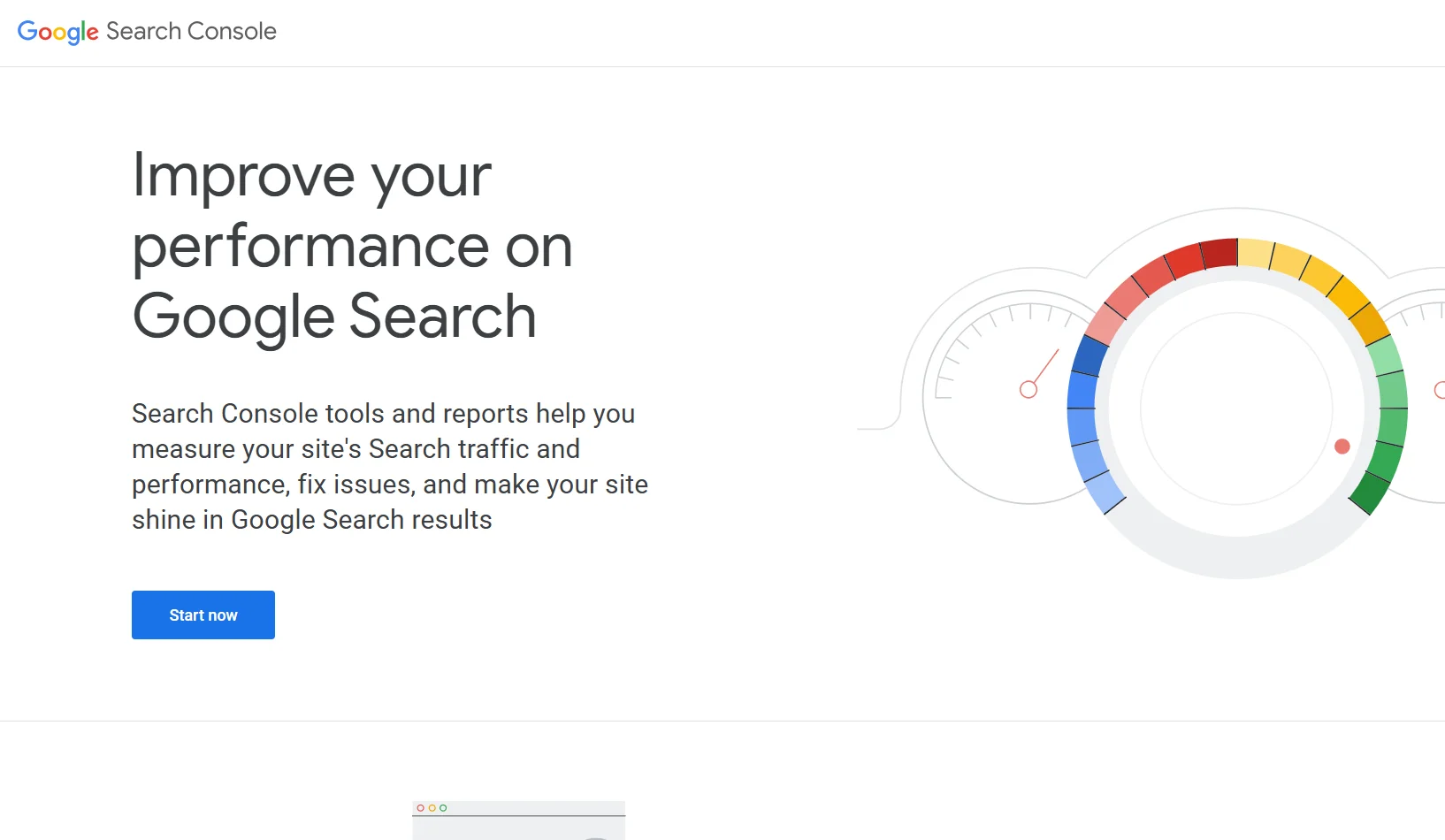Tracking user interactions accurately is crucial in digital marketing, yet ad-blockers, browser restrictions, and privacy regulations often complicate data collection.
Enter Google Tag Gateway (GTG) — a streamlined, effective solution for businesses that want improved tracking without the complexity of full-fledged server-side tracking setups.
This ultimate guide explores everything you need to understand GTG, including how it works, its key benefits, a step-by-step setup, real-world use cases, limitations, and tips to maximize its potential.
What is Google Tag Gateway?
Google Tag Gateway is a built-in feature of Google’s tagging tools that lets you serve Google tags (like GA4 and Google Ads tags) directly from your own domain, not Google’s.
It works by creating a first-party tagging path on your site — like your-site.com/d65fm that routes both tag delivery and tracking requests through your infrastructure.
This setup makes tracking appear native to your domain. It bypasses blockers and avoids the usual third-party data calls to domains like googletagmanager.com or google-analytics.com.
The feature officially launched in May 2025, and it’s free. Google built it in response to rising privacy regulations, browser restrictions, and ad blockers.
You no longer need to rely on a full server-side GTM setup to get the benefits of first-party tracking. Tag Gateway is an easier alternative, especially for smaller teams or marketers.
Here’s the core idea: tags now get fetched from your own domain, and data flows through a proxy on your domain too — but the data still ends up at Google.
From a browser’s or ad blocker’s point of view, everything happens on your site.
Let’s break down how it works, how to set it up, and why it matters.
How Google Tag Gateway works
Step-by-step tagging flow
- Tag file is requested from your domain
The browser loads the Google tag from a URL likeyour-site.com/, instead of the Google CDN.d65fm/gtag/js?id=G-XXXX - CDN fetches and serves the tag
Your CDN (like Cloudflare) rewrites the request behind the scenes, gets the actual script from Google, caches it, and returns it to the user. - Tracking requests go through your domain
Any data hits (like conversions or events) are sent toyour-site.com/and then proxied to Google’s servers.d65fm/... - Cookies set as first-party
Because the tag runs from your domain, cookies like_gaare stored as first-party cookies, not third-party ones.
This means:
- The browser sees tag delivery and data as native to your site.
- Ad blockers targeting Google domains can’t easily detect or block the tracking.
- You gain the benefits of first-party context without needing to host your own tagging server.
Step-by-Step Setup Guide
Here’s a clear walkthrough for setting up Google Tag Gateway with Cloudflare:
Step 1: Preparation
- Ensure you have Google Tag Manager or GA4 installed.
- Create a Cloudflare account (free plans available).
Step 2: Enable Google Tag Gateway
- Log into your Google Tag Manager or GA4 account.
- Navigate to Admin → Google Tag Gateway.
- Define a custom measurement path (e.g.,
/).d65fm - Select the Cloudflare option from integrations.
Step 3: Integrate with Cloudflare
- Log into your Cloudflare dashboard.
- Connect your domain.
- Navigate to the Google Tag Gateway integration option.
- Enable the integration by linking it with your Google account.
Step 4: Verify Implementation
- Use browser DevTools (F12 in Chrome) to confirm tags now load from your domain path.
- Tags should now be loading from something like
yourdomain.com/gtm/...
You’re done. No need to manage infrastructure, pay for servers, or write server code. Cloudflare handles the proxying. Google handles the tagging logic.
Benefits of Google Tag Gateway
1) Increased tracking accuracy
Because requests aren’t going to Google domains, they’re less likely to be blocked. Ad blockers typically target known domains. Serving from your own site sidesteps these filters.
Google noted an 11% increase in measurement signals for early adopters. You’ll likely see more page views and conversions tracked.
2) Longer-lasting first-party cookies
Cookies set by scripts on your own domain behave like native first-party cookies. They stick around longer.
This is huge for attribution, retargeting, and session accuracy.
While Safari’s ITP still limits cookie lifetimes in some cases, having cookies set from your own domain improves their chances.
3) No exposure of user IPs to Google
When a CDN like Cloudflare fetches tags and forwards data, it’s Cloudflare’s server that connects to Google — not the user’s browser.
That means Google doesn’t see the user’s IP address.
Only coarse location info is sent (via headers like country or region), which is great for privacy and GDPR compliance.
4) Faster tag delivery
Tags are cached and served from your CDN, closer to the user. This reduces DNS lookups, TLS handshakes, and network latency.
That means your tags load faster, your data gets sent sooner, and your site performs better overall.
5) Privacy and compliance support
Serving tags from your domain puts you in control:
- You can decide when or if to load the tag (based on consent)
- You can block tracking if consent isn’t given
- Google promises confidential computing is coming — so data will be processed securely, even inside Google’s systems
In short, your analytics setup aligns better with privacy laws and user expectations.
6) Easy to implement
Compared to server-side GTM, this is light work. No server deployments. No GCP configuration. Just a few clicks in GTM and Cloudflare.
If you’ve been putting off a first-party tagging setup because it felt too technical, this changes the game.
Google Tag Gateway vs server-side tagging
Here’s how it compares to other approaches:
| Feature | Client-Side Tagging | Google Tag Gateway | Server-Side GTM |
|---|---|---|---|
| Tag domain | google.com (3rd-party) | your-site.com (1st-party) | your-site.com (1st-party) |
| Setup complexity | Low | Low | High |
| Infra to maintain | None | CDN proxy | Server + cloud infra |
| Tracking resilience | Low | Medium-high | High |
| Cookie persistence | Short | Medium | High (server-set cookies) |
| Privacy compliance | Weak | Strong | Strongest |
| Data control | None | Low | Full |
| Performance impact | Medium | Low | Variable |
| Non-Google tag support | Yes | No | Yes |
For most businesses, Tag Gateway is the easiest way to upgrade your analytics without jumping into the deep end of server-side tagging.
When to use:
You should use Google Tag Gateway if:
- You’re using Google Analytics 4 or Google Ads
- You want to improve tracking in the face of blockers and browser restrictions
- You need more accurate data without overhauling your stack
- You want better cookie behavior
- You lack the resources or team to run server-side GTM
You might skip it if:
- You use a lot of non-Google marketing tags
- You already have a custom proxy or server-side setup
- You require fine-grained control over what data gets sent to Google
Tag Gateway is not a fix-all. But it’s a low-effort, high-impact improvement for Google tracking setups.
Privacy implications
This setup respects user privacy more than traditional methods, but you still need to ask for consent in regions where that’s required, such as the EU.
Google sees less data (like your users’ IPs), but they still receive analytics and ad data. That means:
- You should continue using Consent Mode or a proper CMP
- You remain responsible for how data is collected and processed
Tag Gateway helps minimize what’s exposed, but doesn’t eliminate the legal need for transparency or consent.
Practical Use Cases
Case 1: eCommerce Stores
GTG ensures accurate tracking for:
- Conversion rates
- Revenue tracking
- Enhanced e-commerce events
Case 2: Content Publishers
Publishers benefit by accurately tracking:
- Pageviews
- User engagement
- Ad revenue attribution
Case 3: Marketing Agencies
Agencies can leverage GTG to:
- Provide accurate campaign reporting to clients
- Improve targeting and remarketing efforts
- Enhance overall ad campaign performance
Limitations
While GTG is powerful, there are some important limitations to understand:
Not Server-side Tagging
GTG is not equivalent to server-side GTM. It doesn’t allow request modification, advanced enrichment, or complete control over how tags interact with backend servers.
Limited CDN Support
Currently, GTG officially integrates with Cloudflare, and support for other CDNs might require additional configuration or be unavailable altogether.
Dependency on Google Ecosystem
GTG supports only Google tags. Third-party tags (like Facebook pixels) still load externally unless you implement alternative first-party methods.
Maximizing Your GTG Implementation
Here are key tips to ensure you’re maximizing GTG benefits:
Tip 1: Use Consent Mode
Combine GTG with Google Consent Mode to enhance privacy and compliance, adjusting tag behavior based on user consent status.
Tip 2: Enable Enhanced Conversions
If you’re using Google Ads, activate Enhanced Conversions with GTG to further improve accuracy and performance.
Tip 3: Monitor Performance
Regularly monitor GTG performance through Google Tag Manager and Google Analytics reports. Watch for anomalies to ensure optimal tracking.
Tip 4: Educate Your Team
Ensure your marketing and development teams understand GTG’s workings and benefits, aligning tracking strategy with business objectives.
Troubleshooting Common Issues
Here’s how to address some frequent issues:
- Tags Not Loading: Check CDN configurations and ensure Cloudflare is correctly linked.
- Tracking Discrepancies: Confirm measurement paths and verify through browser DevTools.
- Slow Load Times: Optimize CDN settings or investigate potential conflicts with other scripts.
Related tools and integrations
- Cloudflare’s official integration
- Google’s help center article
- Tag Gateway Developer Docs
- Consent Mode Documentation
These guides walk you through configuration, consent compatibility, and troubleshooting.
Google Tag Gateway FAQs
Can GTG replace Server-side Tagging?
No. GTG provides a simpler alternative but lacks the extensive capabilities of server-side tagging, such as request modification and full data enrichment.
Does GTG work with non-Google tags?
No, GTG only supports Google’s ecosystem (Google Ads, GA4, GTM). Non-Google tags will still load externally.
Is GTG compliant with GDPR?
Yes, GTG is compliant with GDPR as it delivers tags from your first-party domain, reducing data privacy concerns associated with third-party tracking.
Can I use GTG without Cloudflare?
Currently, Cloudflare is the recommended CDN, though you can potentially configure other CDNs manually.
Google’s documentation primarily supports Cloudflare integration.
Is Google Tag Gateway the same as server-side tagging?
No. It’s a lightweight alternative. It offers first-party benefits without hosting a tagging server. For full control, go server-side.
Is it free to use?
Yes. Google Tag Gateway is free and integrates with free Cloudflare accounts.
Will I need to change my tag snippets?
No. Google handles the URL redirect internally. Your existing tags will work.
Does this replace the need for user consent?
Not at all. You still need to get consent where legally required. Tag Gateway reduces exposure but doesn’t override privacy laws.
Future of Google Tag Gateway
As privacy concerns evolve and browser restrictions increase, Google Tag Gateway’s role will likely expand.
Expect continuous updates, broader CDN support, and potentially more advanced features bridging the gap between client-side and server-side tagging.
Final Thoughts
Google Tag Gateway is one of the most useful tracking upgrades you can implement in 2025. It helps you collect better data, respect user privacy, and adapt to a world where third-party tracking is fading fast.
It doesn’t cost anything. It doesn’t break your current setup. And it works out of the box with Google Tag Manager and Cloudflare.
Implementing GTG positions you for sustained marketing success and future-proofing in an increasingly privacy-conscious digital world.
If you’re serious about keeping your analytics reliable, compliant, and future-proof, this is a move you should make today.
 Domain SearchInstantly check and register your preferred domain name
Domain SearchInstantly check and register your preferred domain name Web Hosting
Web Hosting cPanel HostingHosting powered by cPanel (Most user friendly)
cPanel HostingHosting powered by cPanel (Most user friendly) KE Domains
KE Domains Reseller HostingStart your own hosting business without tech hustles
Reseller HostingStart your own hosting business without tech hustles Windows HostingOptimized for Windows-based applications and sites.
Windows HostingOptimized for Windows-based applications and sites. Free Domain
Free Domain Affiliate ProgramEarn commissions by referring customers to our platforms
Affiliate ProgramEarn commissions by referring customers to our platforms Free HostingTest our SSD Hosting for free, for life (1GB storage)
Free HostingTest our SSD Hosting for free, for life (1GB storage) Domain TransferMove your domain to us with zero downtime and full control
Domain TransferMove your domain to us with zero downtime and full control All DomainsBrowse and register domain extensions from around the world
All DomainsBrowse and register domain extensions from around the world .Com Domain
.Com Domain WhoisLook up domain ownership, expiry dates, and registrar information
WhoisLook up domain ownership, expiry dates, and registrar information VPS Hosting
VPS Hosting Managed VPSNon techy? Opt for fully managed VPS server
Managed VPSNon techy? Opt for fully managed VPS server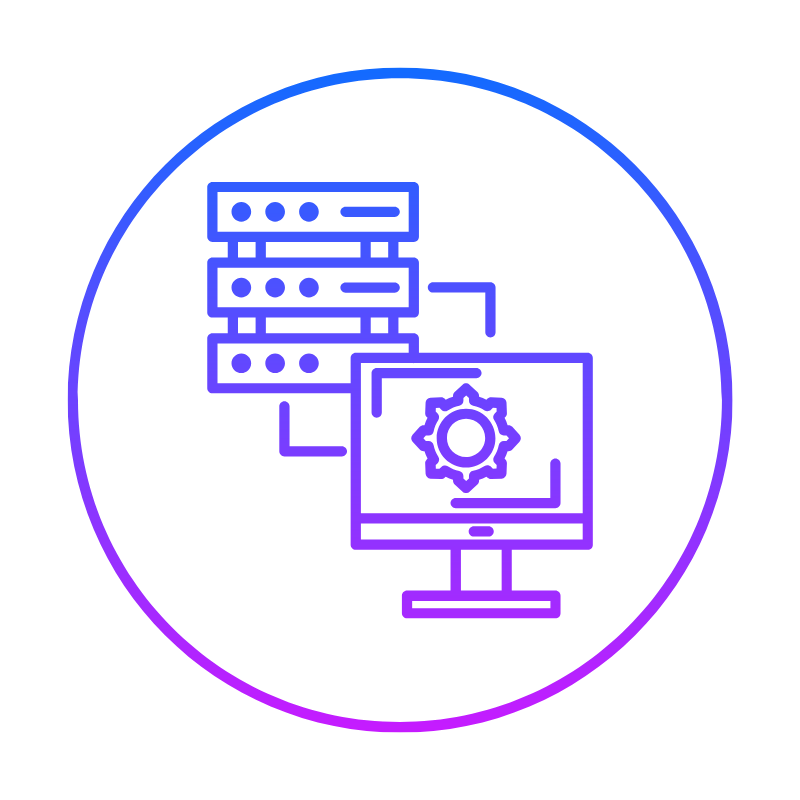 Dedicated ServersEnjoy unmatched power and control with your own physical server.
Dedicated ServersEnjoy unmatched power and control with your own physical server. SupportOur support guides cover everything you need to know about our services
SupportOur support guides cover everything you need to know about our services

